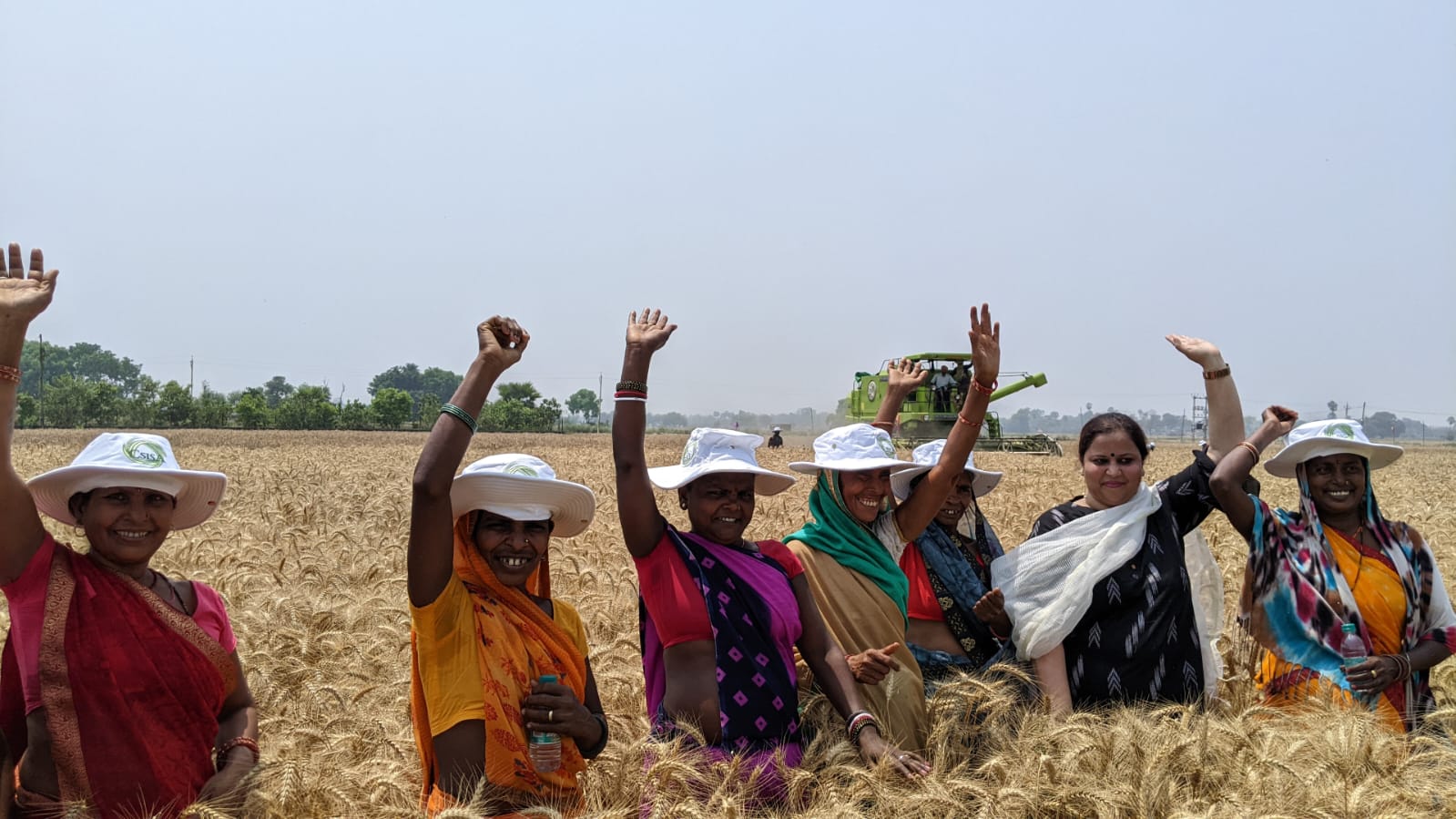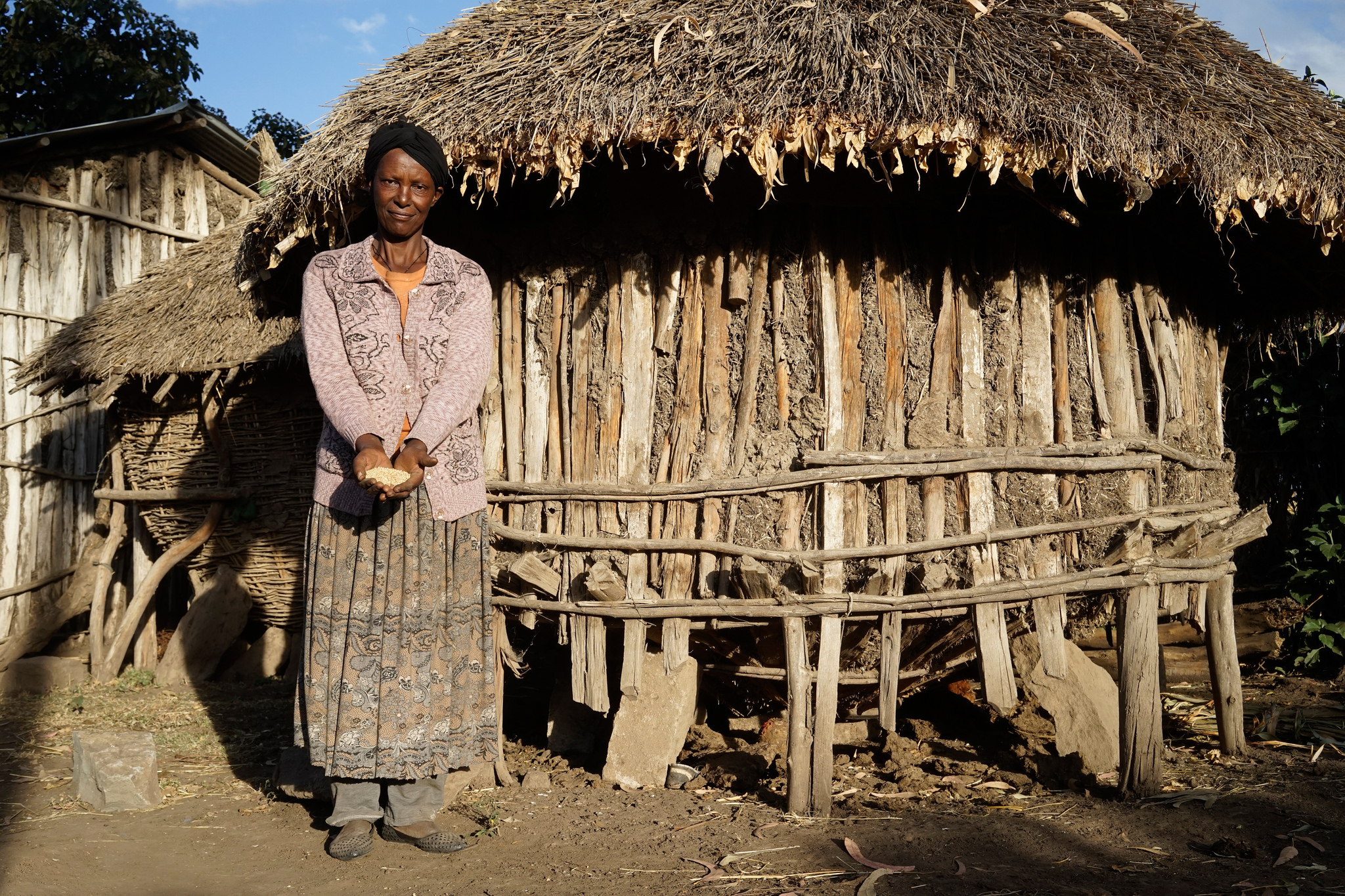‘A better understanding of the links between gender roles in household decision-making and the adoption of technologies can enhance the uptake of innovations in smallholder farming systems,’ concludes a recently published paper by CIMMYT. The paper connects women’s bargaining power in households with the adoption of rust resistant wheat varieties, based on the work of Accelerating Genetic Gains in Maize and Wheat (AGG) in Ethiopia.
“While an emerging body of literature finds positive correlations between women’s influence in household decision-making and socioeconomic, health, and nutritional outcomes, few studies have analyzed the links between intra-household decision-making and the adoption of agricultural technologies,” said Michael Euler, agriculture research economist at CIMMYT.
A case study in Ethiopia
For this study, researchers used a dataset from Ethiopian wheat-producing households.
Ethiopia is the second-largest wheat producer in Africa, with an aggregate grain production of 5.5 million metric tons and 4-5 million farmers engaged in cultivation. The Ethiopian Highlands are a hot spot for wheat rust. With recurrent epidemics in the last decade, the emergence of new strains of wheat rust increased production risks. On the positive side, farmers seem to be responsive to the management of rust diseases. Rust-resistant bread wheat varieties, released since 2010, have been widely adopted by smallholder farmers across Ethiopia.
The CIMMYT study surveyed 1,088 wheat-producing households in Ethiopia to analyze the links between women’s role in household decision-making concerning crop production and the adoption and turnover rates of rust-resistant wheat varieties. Female and male members from the same households responded separately, which facilitated capturing individual perceptions and the intra-household dynamics in decision-making.
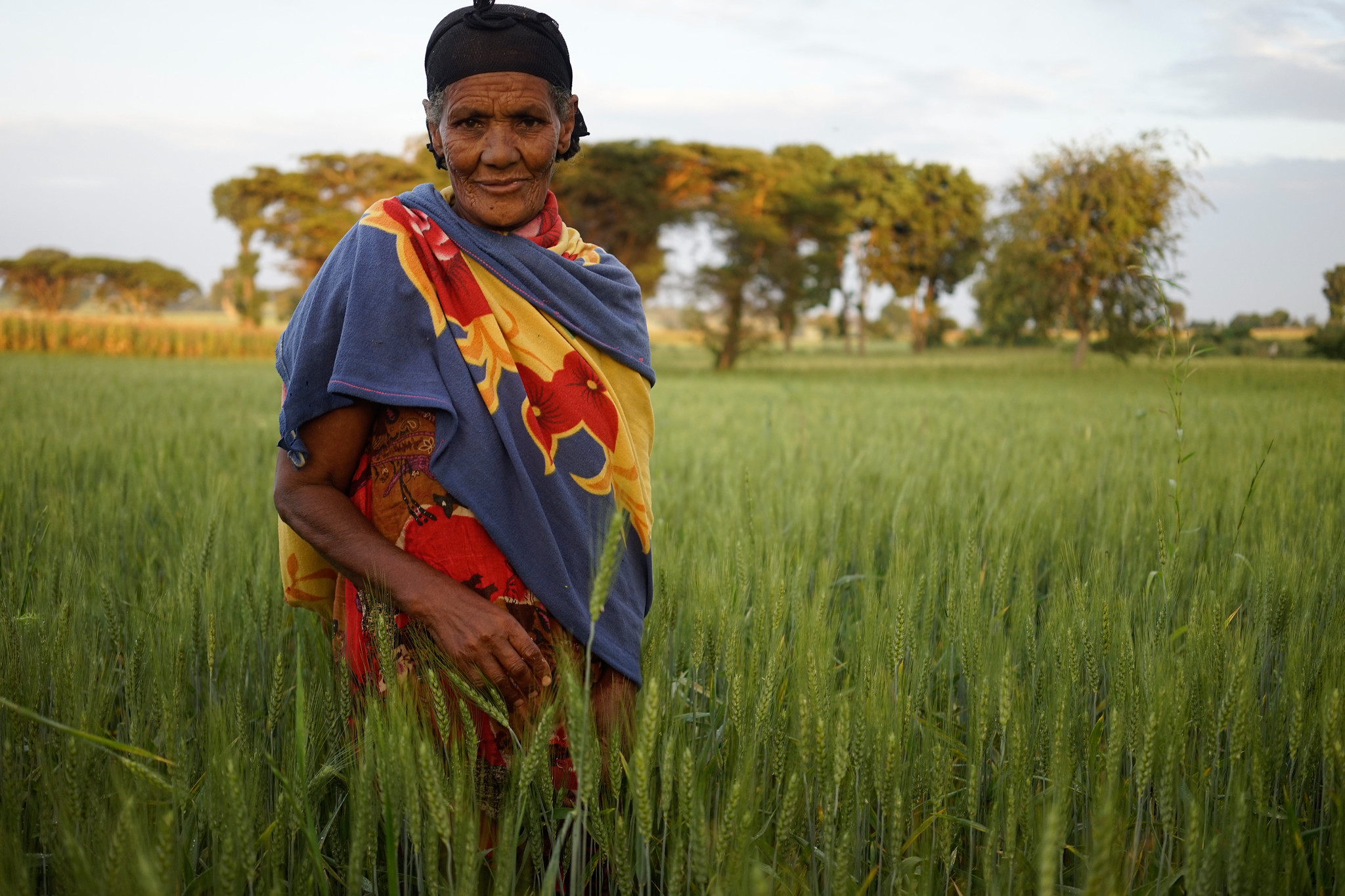
Intra-household decision-making arrangements and wheat varietal choice
Overall, the study reveals a positive association between women’s role in decision-making regarding the selection of wheat seed and the adoption of rust-resistant wheat varieties and wheat varietal turnover. Findings may be related to differences in risk aversion between women and men farmers. While women farmers may tend to advocate for the adoption of rust resistant varieties to avoid potential financial difficulties that arise from purchase of fungicide in the growing season, men farmers may be more inclined to adopt high yielding varieties and use fungicides to combat rust within the season.
Spouses may agree or have different opinions regarding their decision-making roles. Spousal agreement on the woman having a role in making crop variety decisions is associated with higher adoption rates compared to spousal agreement that the woman has no role. Joint decision-making with mutually uncontested spousal roles may yield better outcomes due to larger combined exposure to information, as well as spousal discussion and reflection on potential implications of the varietal choice decision.
Conclusion: It is about negotiation, contestation and consensus
Household decisions, including the decision to adopt agricultural technologies often result from negotiation, contestation, and consensus between wife and husband. This process is shaped by diverging interests, motivations and objectives, while its results are determined by different levels of individual bargaining power. “Our findings indicate that women’s ownership of agricultural land and household assets is strongly associated with their active role in household decisions on wheat varietal choice, and with spousal agreement,” said Moti Jaleta, senior agricultural economist at CIMMYT. The dynamics in intra-household decision-making are likely to influence households’ adoption of agricultural technologies.
Disregarding the dynamics in decision-making implies that households are unilateral decision-makers, a scenario which probably does not hold true considering the level of spousal disagreement regarding their roles and influence in choosing crop varieties. A deeper understanding of the connections between gender dynamics in household decision-making and adoption choices can enhance the efficiency of public extension systems, increase the adoption rates of modern innovations, improve agricultural productivity, and enhance livelihoods in smallholder agriculture.
Read the complete paper here.
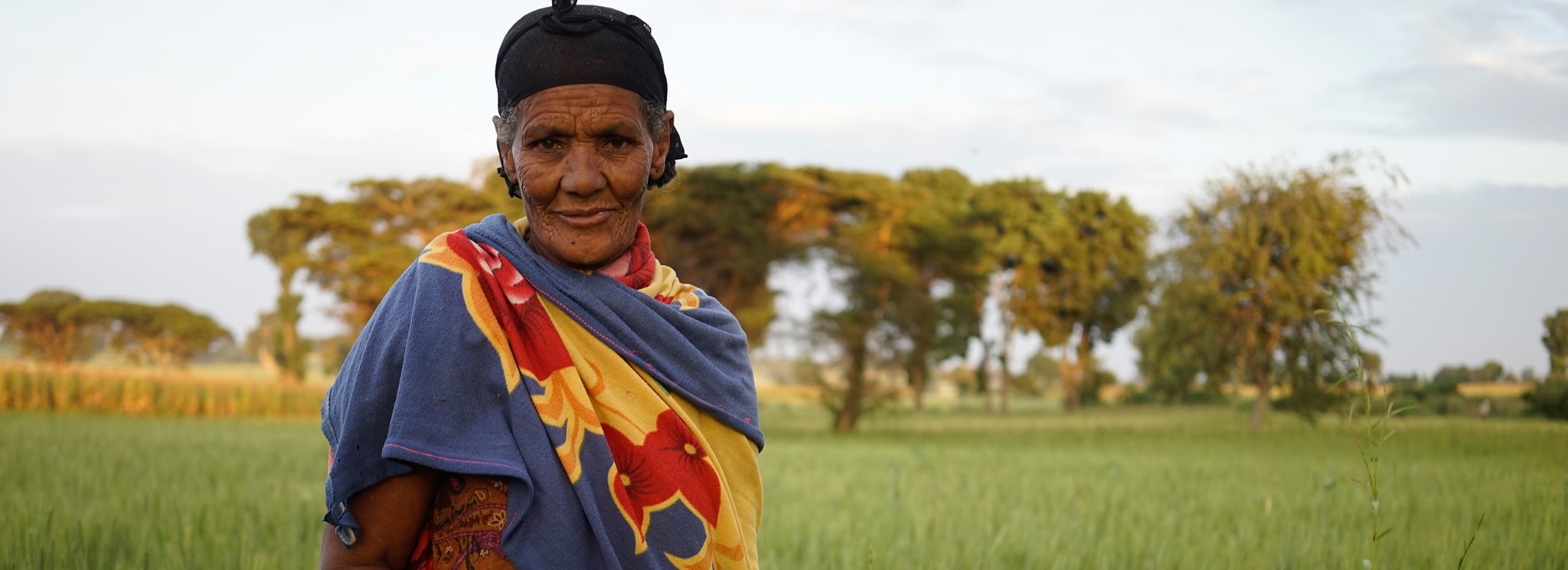
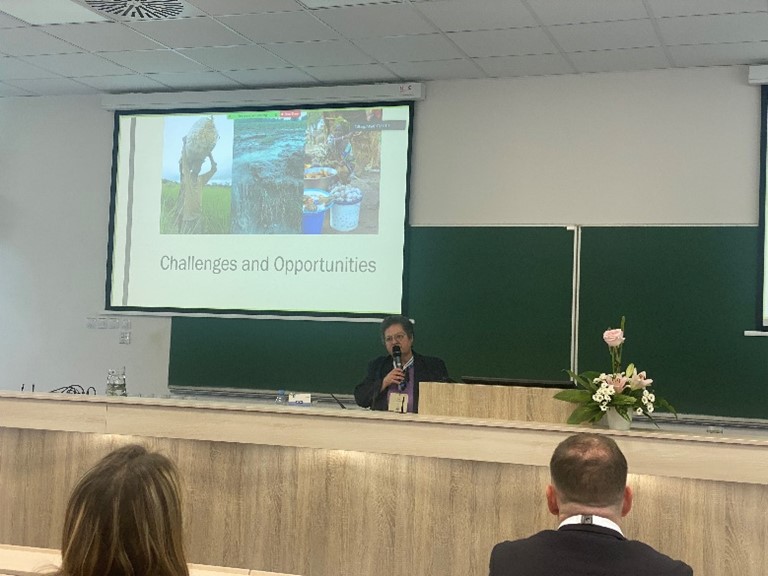
 Environmental health and biodiversity
Environmental health and biodiversity 